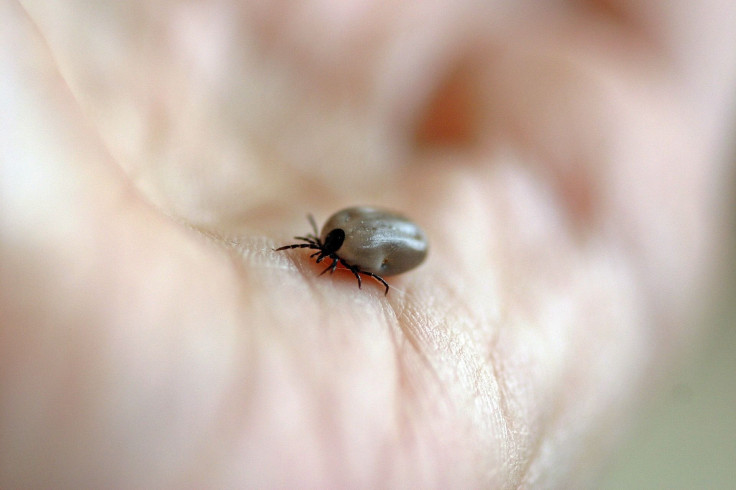What Is Crimean-Congo Hemorrhagic Fever? Namibia Declares Outbreak After Man's Death
KEY POINTS
- A single case of an infectious disease can sometimes be considered an outbreak
- Crimean-Congo hemorrhagic fever is a threat to public health services: WHO
- It can be transmitted through tick bites or contact with bodily fluids
Namibia has declared an outbreak of Crimean-Congo hemorrhagic fever (CCHF) following the death of a man.
The patient first received medical treatment for suspected CCHF on May 16, the Ministry of Health and Social Services-Namibia said in a statement Tuesday. He was referred to another hospital a day later and on May 18, he was admitted to an isolation unit of the hospital.
His blood samples were taken to test for CCHF, but he died the same day. On May 21, the test results came positive for CCHF.
"According to the protocols of the Ministry of Health and Social Services and the World Health Organization (WHO) Standards, one (1) laboratory case of CCHF in a jurisdiction is considered an outbreak and requires that public health measures be instituted to prevent further transmission," the agency said.
Confirmation of Crimean-Congo Hemorrhagic Fever (CCHF) Outbreak
The disease got its name from the Crimean Peninsula, where it was first identified in 1944, and Congo, where it was first isolated in 1956.
The outbreaks are considered a "threat to public health services," according to the WHO. It has a high fatality ratio of 10 to 40%, is hard to prevent and treat, and may result in outbreaks at health facilities.
The CCHF virus can be transmitted to people through tick bites or through contact with infected animal fluids or tissues during slaughter. It can spread from person to person through the bodily fluids of an infected person. Hospital-acquired infection may also occur through contaminated medical supplies.
The onset of the disease is sudden, with the patient experiencing symptoms like muscle aches, fever, headache, sore eyes, dizziness and sensitivity to light, among others. They may then experience other symptoms, including diarrhea, sore throat, mood swings and confusion, which would eventually transition to depression, abdominal pain and sleepiness.
"Other clinical signs include tachycardia (fast heart rate), lymphadenopathy (enlarged lymph nodes), and a petechial rash (a rash caused by bleeding into the skin) on internal mucosal surfaces, such as in the mouth and throat, and on the skin," according to the WHO.
Death usually happens in the second week of illness, the agency added.
CCHF is said to be endemic in "all of Africa, the Balkans, the Middle East and Asia." Previous outbreaks in Namibia from 2016 to 2020 recorded six cases and three deaths, with a fatality rate of 50%.
Authorities have now identified 27 contacts of the patient – 24 of them are health workers, while one was a co-worker and two are household contacts.
Preventive and public health measures are already in place and health authorities have urged people "not to panic."
"The Ministry of Health and Social Services will continue to be proactive on any emerging or re-emerging infectious diseases," the agency noted. "We continue to monitor the situation and the public will be updated accordingly."

© Copyright IBTimes 2025. All rights reserved.






















